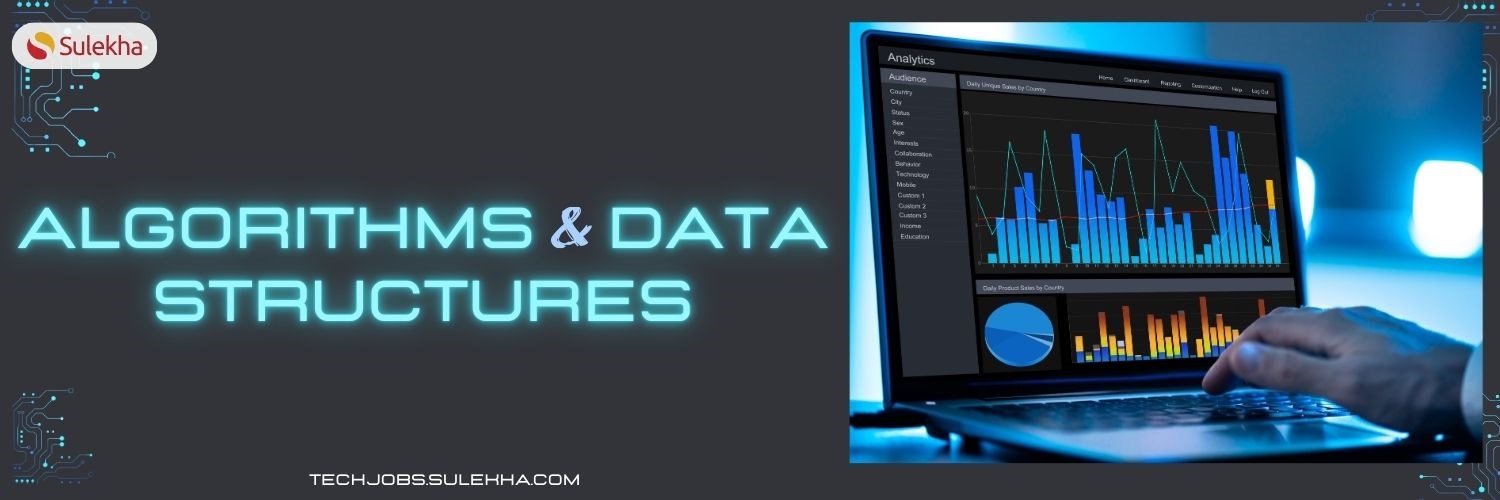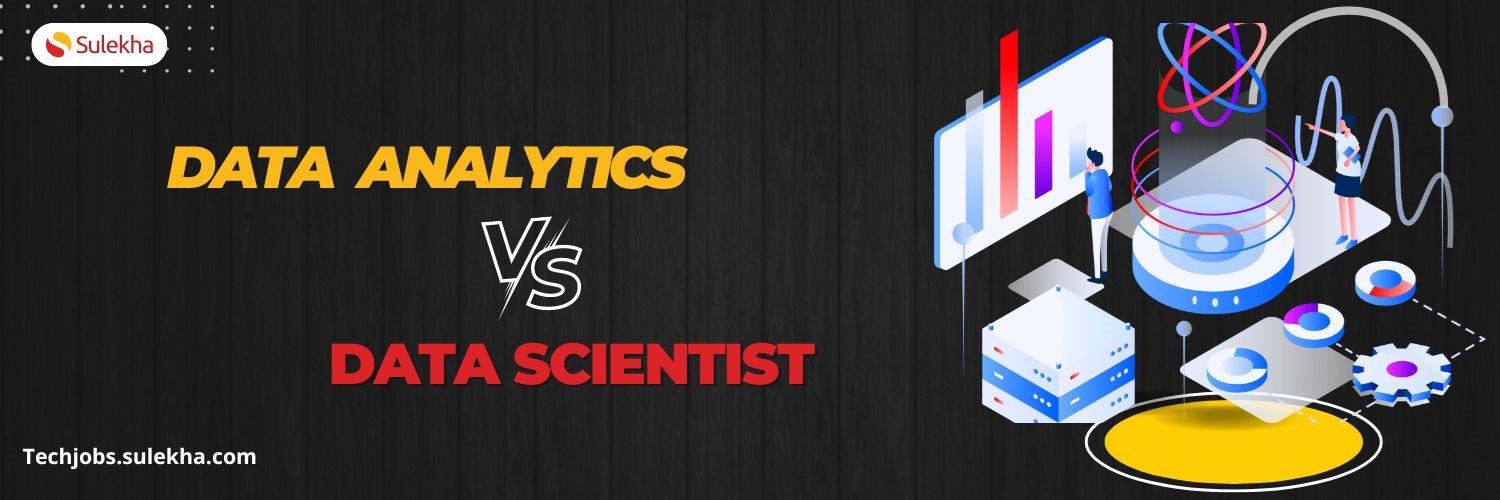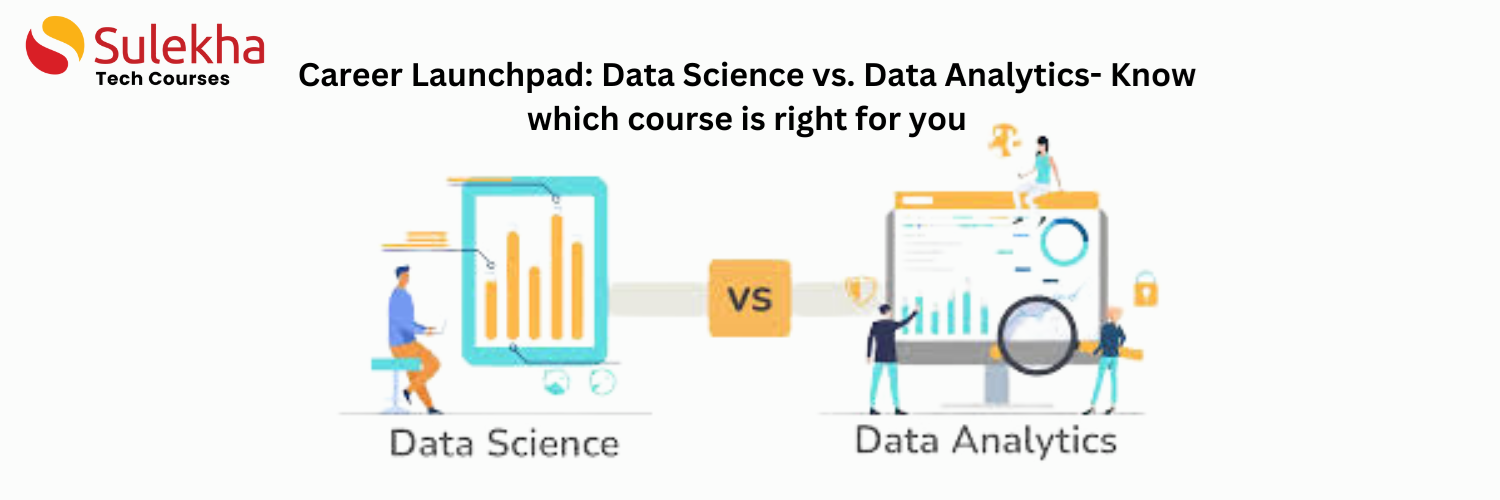What are Algorithms?

What are Algorithms?
Algorithms are a central concept in computer science and mathematics. They represent a set of systematic procedures meant to perform a few tasks or a specific task. All the instructions are well-defined and, in a sequence, helping to process data, complete a task, or solve a computation task. It is a procedure to solve a computational or mathematical problem that involves recursive operations.
Characteristics of Algorithms
Algorithms have certain well-defined characteristics:
Finiteness: Every algorithm that is defined to perform a task must have fixed steps that will reach the end and produce an output. The process must end after some steps.
Well-defined sequence of steps: Every step in an algorithm must be clear and concise without any ambiguity. Every step should be exactly defined for the specified action.
Inputs: Every algorithm must have one or more inputs that have to be provided before the algorithm starts. The inputs are defined based on the pre-defined range of variables.
Output: An output is the outcome of the series of steps provided for a desired result. There could be one or more outputs resulting from the algorithm processing.
Effectiveness: The algorithm should be so simple, that anyone can trace it out with paper and pencil. The algorithm should be simple and easy to execute.
Types of Algorithms
There are different and several types of algorithms.
Sorting algorithms: The sorting algorithms helps the grouped data to be sorted in ascending or descending manner.
Search algorithms: The search algorithms search and retrieve information / data that are stored in a database. Some examples would be linear search, binary search etc.
Graph algorithms: Graph algorithms are designed to solve the problems relating to graph theory. These algorithms determine the relation between nodes and links.
Dynamic programming algorithms: This algorithm is useful in solving optimization problems. This algorithm breaks complex problems into sub-problems. The results of the sub-problems are stored to avoid redundancy.
Divide and conquer: This algorithm divides the problem into smaller subproblems and solve repetitively and finally combine all the solutions.
Greedy algorithms: Greedy algorithms always make a choice that is best at the moment. It makes a locally optimal choice which the algorithm assumes to be the globally optimal solution.
Backtracking algorithm: A backtracking algorithm uses a brute force method by building solutions to all the problems and then eliminating solutions that fail to satisfy the constraints.
Bubble sort algorithms: This is a sorting algorithm which compares the adjacent elements and swaps if in wrong order.
DATA STRUCTURES
A data structure defines the data organization, processing, retrieval and storage format. Data structures provide the format to manage extensive data for various applications, databases, and operating systems.
Classification of data structures
Data structures are classified into linear data structures and Non-linear data structures.
Linear data structures:
Arrays: An array is the simplest data structure. It is a collection of values or variables of the same memory size. Each data element can be accessed using its index number.
Linked lists: A linked list stores data as a sequence of elements. Each element is referred as a node, which has a orientation to the next node in the list.
Stacks: A stack is an abstract data structure that works on the last in the first out method. The element that is inserted last will be removed first.
Queues: A queue stores data in the data structure sequentially. It uses the first-in-first-out method.
Non-linear data structures
Trees: This is a non-linear data structure representing a hierarchy of data. A single node is termed as the root, and all the other nodes represent the hierarchical relationship.
Graphs: Graphs in data structures represent relationships and structures like transportation networks, computer networks, social networks, etc.
Conclusion: Data structures and algorithms are interrelated and form the backbone of the programming. They are crucial for problem-solving. Data structure provides a framework, while algorithms help to manipulate the data.
Find a course provider to learn Data Science
Java training | J2EE training | J2EE Jboss training | Apache JMeter trainingTake the next step towards your professional goals in Data Science
Don't hesitate to talk with our course advisor right now
Receive a call
Contact NowMake a call
+1-732-338-7323Take our FREE Skill Assessment Test to discover your strengths and earn a certificate upon completion.
Enroll for the next batch
Data Science-Python-ML-AI-Deep Learning (Hands-on Training)
- Dec 8 2025
- Online
Data Science-Python-ML-AI-Deep Learning (Hands-on Training)
- Dec 9 2025
- Online
Data Science-Python-ML-AI-Deep Learning (Hands-on Training)
- Dec 10 2025
- Online
Data Science-Python-ML-AI-Deep Learning (Hands-on Training)
- Dec 11 2025
- Online
Data Science-Python-ML-AI-Deep Learning (Hands-on Training)
- Dec 12 2025
- Online
Related blogs on Data Science to learn more

Confidence Intervals & Hypothesis Tests: The Data Science Path to Generalization
Learn how confidence intervals and hypothesis tests turn sample data into reliable population insights in data science. Understand CLT, p-values, and significance to generalize results, quantify uncertainty, and make evidence-based decisions.

Why Pursue Data Science Training?
Empower your career in a data-driven world. Learn why data science training is crucial for high-demand jobs, informed decisions, and staying ahead with essential skills.

Overview of data analytics VS data scientist
"Discover the key differences between data analytics and data science, explore top courses, job roles, salary expectations, and essential tools to build a successful career in these fields."

Career Launchpad: Data Science vs. Data Analytics- Know which course is right for you
Discover the key differences between Data Science and Data Analytics to choose the right course for your career. Explore roles, curriculum, salaries, and future prospects in this comprehensive guide.

TEN ENTRY LEVEL JOBS IN IT FOR FRESHERS
Explore ten entry-level IT jobs for freshers, including roles like Help Desk Technician and Cloud Engineer, that require no prior experience but foundational IT knowledge. Discover exciting career paths in the technology sector that offer growth and

What is statistics?
Discover the basics of statistics, including its major types—descriptive and inferential—and their importance in data analysis and prediction.

Twelve High Paying Jobs in New York City
Uncover twelve high-paying jobs in New York City, including roles like data scientist and public relations manager. Learn about their responsibilities and salary ranges.

What is Linear Algebra?
Discover the importance of linear algebra in various fields like data science, economics, and medicine. Understand its applications and why it's an essential skill for students and professionals alike.

TEN ENTRY LEVEL JOBS IN IT FOR FRESHERS
Discover ten entry-level IT jobs perfect for freshers, offering exciting career opportunities and a pathway to success in the tech industry.

What is data management?
In this blog, we have covered what is data management, Data management process, and types of data management.
Latest blogs on technology to explore

From Student to AI Pro: What Does Prompt Engineering Entail and How Do You Start?
Explore the growing field of prompt engineering, a vital skill for AI enthusiasts. Learn how to craft optimized prompts for tools like ChatGPT and Gemini, and discover the career opportunities and skills needed to succeed in this fast-evolving indust

How Security Classification Guides Strengthen Data Protection in Modern Cybersecurity
A Security Classification Guide (SCG) defines data protection standards, ensuring sensitive information is handled securely across all levels. By outlining confidentiality, access controls, and declassification procedures, SCGs strengthen cybersecuri

Artificial Intelligence – A Growing Field of Study for Modern Learners
Artificial Intelligence is becoming a top study choice due to high job demand and future scope. This blog explains key subjects, career opportunities, and a simple AI study roadmap to help beginners start learning and build a strong career in the AI

Java in 2026: Why This ‘Old’ Language Is Still Your Golden Ticket to a Tech Career (And Where to Learn It!
Think Java is old news? Think again! 90% of Fortune 500 companies (yes, including Google, Amazon, and Netflix) run on Java (Oracle, 2025). From Android apps to banking systems, Java is the backbone of tech—and Sulekha IT Services is your fast track t

From Student to AI Pro: What Does Prompt Engineering Entail and How Do You Start?
Learn what prompt engineering is, why it matters, and how students and professionals can start mastering AI tools like ChatGPT, Gemini, and Copilot.

Cyber Security in 2025: The Golden Ticket to a Future-Proof Career
Cyber security jobs are growing 35% faster than any other tech field (U.S. Bureau of Labor Statistics, 2024)—and the average salary is $100,000+ per year! In a world where data breaches cost businesses $4.45 million on average (IBM, 2024), cyber secu

SAP SD in 2025: Your Ticket to a High-Flying IT Career
In the fast-paced world of IT and enterprise software, SAP SD (Sales and Distribution) is the secret sauce that keeps businesses running smoothly. Whether it’s managing customer orders, pricing, shipping, or billing, SAP SD is the backbone of sales o

SAP FICO in 2025: Salary, Jobs & How to Get Certified
AP FICO professionals earn $90,000–$130,000/year in the USA and Canada—and demand is skyrocketing! If you’re eyeing a future-proof IT career, SAP FICO (Financial Accounting & Controlling) is your golden ticket. But where do you start? Sulekha IT Serv

Train Like an AI Engineer: The Smartest Career Move You’ll Make This Year!
Why AI Engineering Is the Hottest Skillset Right Now From self-driving cars to chatbots that sound eerily human, Artificial Intelligence is no longer science fiction — it’s the backbone of modern tech. And guess what? Companies across the USA and Can

Confidence Intervals & Hypothesis Tests: The Data Science Path to Generalization
Learn how confidence intervals and hypothesis tests turn sample data into reliable population insights in data science. Understand CLT, p-values, and significance to generalize results, quantify uncertainty, and make evidence-based decisions.